 Online Since 2001
Online Since 2001
 Online Chat
Online Chat
 Order Before 1pm, DPD Next Day Delivery
Order Before 1pm, DPD Next Day Delivery
 Online Since 2001
Online Since 2001
 Online Chat
Online Chat
 Order Before 1pm, DPD Next Day Delivery
Order Before 1pm, DPD Next Day Delivery
We provide the full range of Ski Backpacks, whether your Ski Touring, Freeriding, High Alpine Touring or All-Mountain Riding, we have a backpack for you.
Please scroll to the bottom of the page to find out more about the different backpack styles and what there used for.
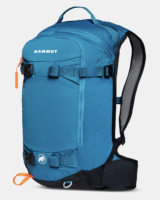
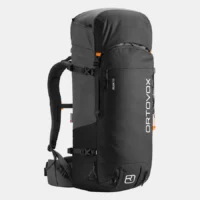
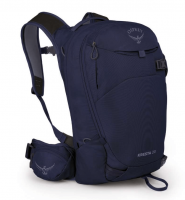
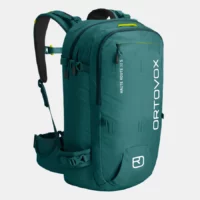
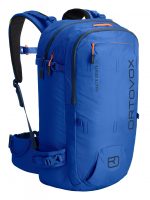
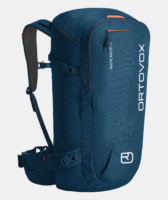
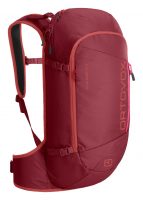
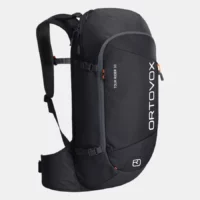
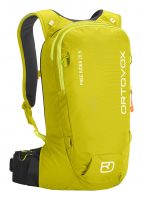
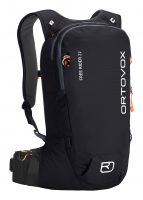
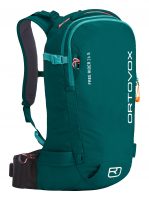
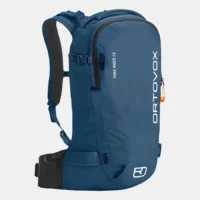
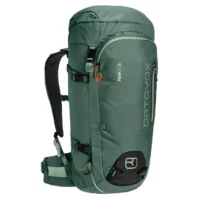
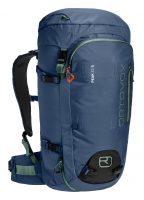
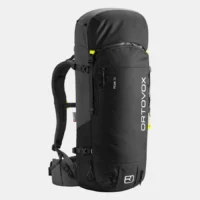
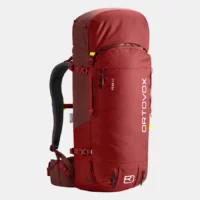
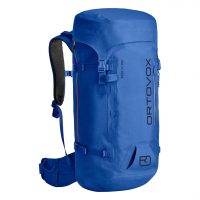
Ski Touring or Skinning is a challenging winter sport, in which you first ascend the slope before skiing down. Before the first-ever ski lift was invented in 1908 by German, Robert Winterhalder, the only way to get up a mountain was by hiking or climbing.
As years have gone by, most of us now choose to use a ski lift, however, you may have seen those people walking up or people heading off into the backcountry, not on the piste, they are ski touring.
Ski touring is more about uphill than it is downhill, It's about the physical challenge of skinning up and hiking to the top of the mountain before descending down. The rewards of ski touring are massive, not only will ski touring allow you to see parts of the mountain many will never see, but it will also get you really fit at the same time.
The rewards of the downhill ski are a lot more rewarding knowing you have earned it.
With ski touring being such a demanding winter sport, a comfortable and well thought out touring pack is a necessity.
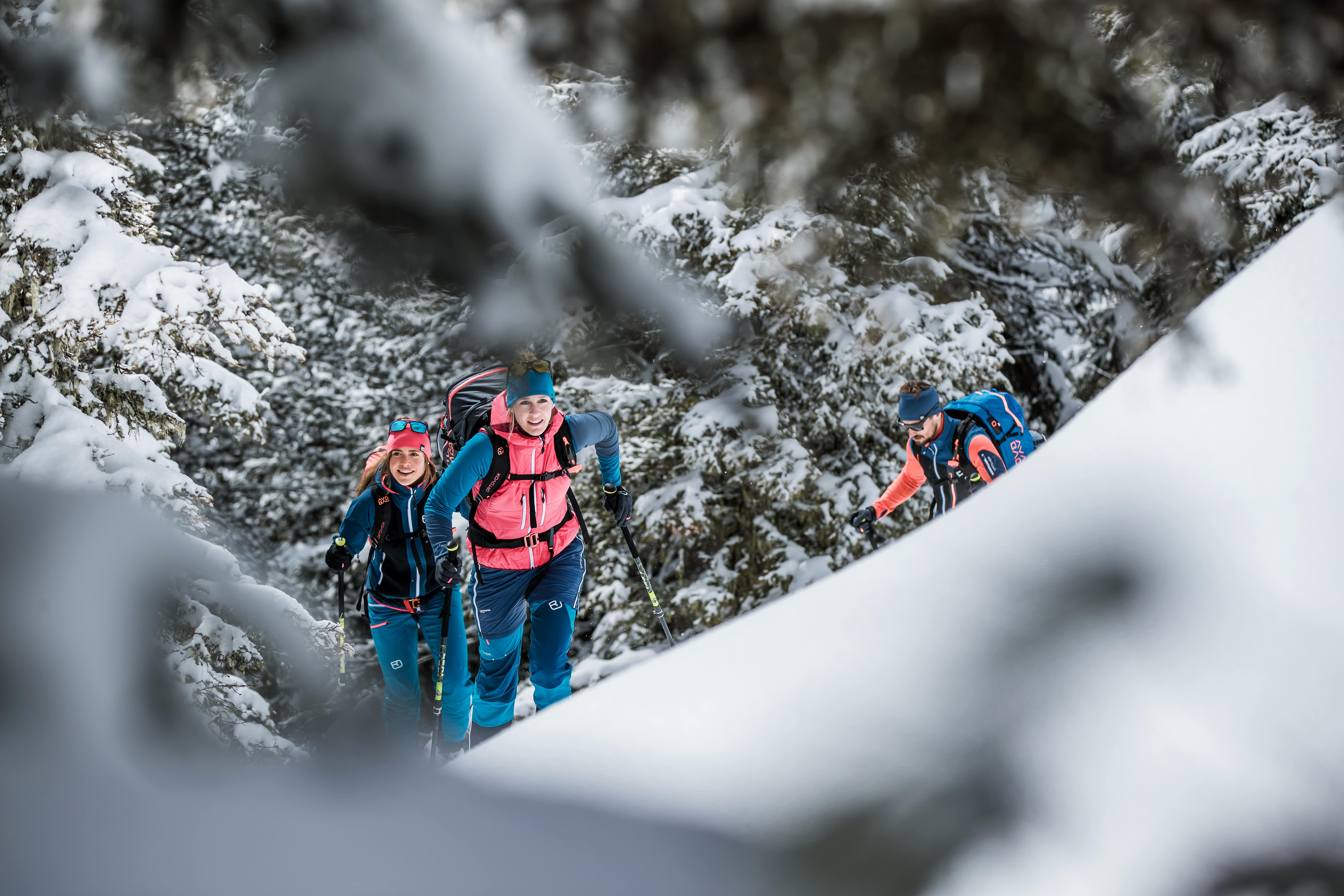 |
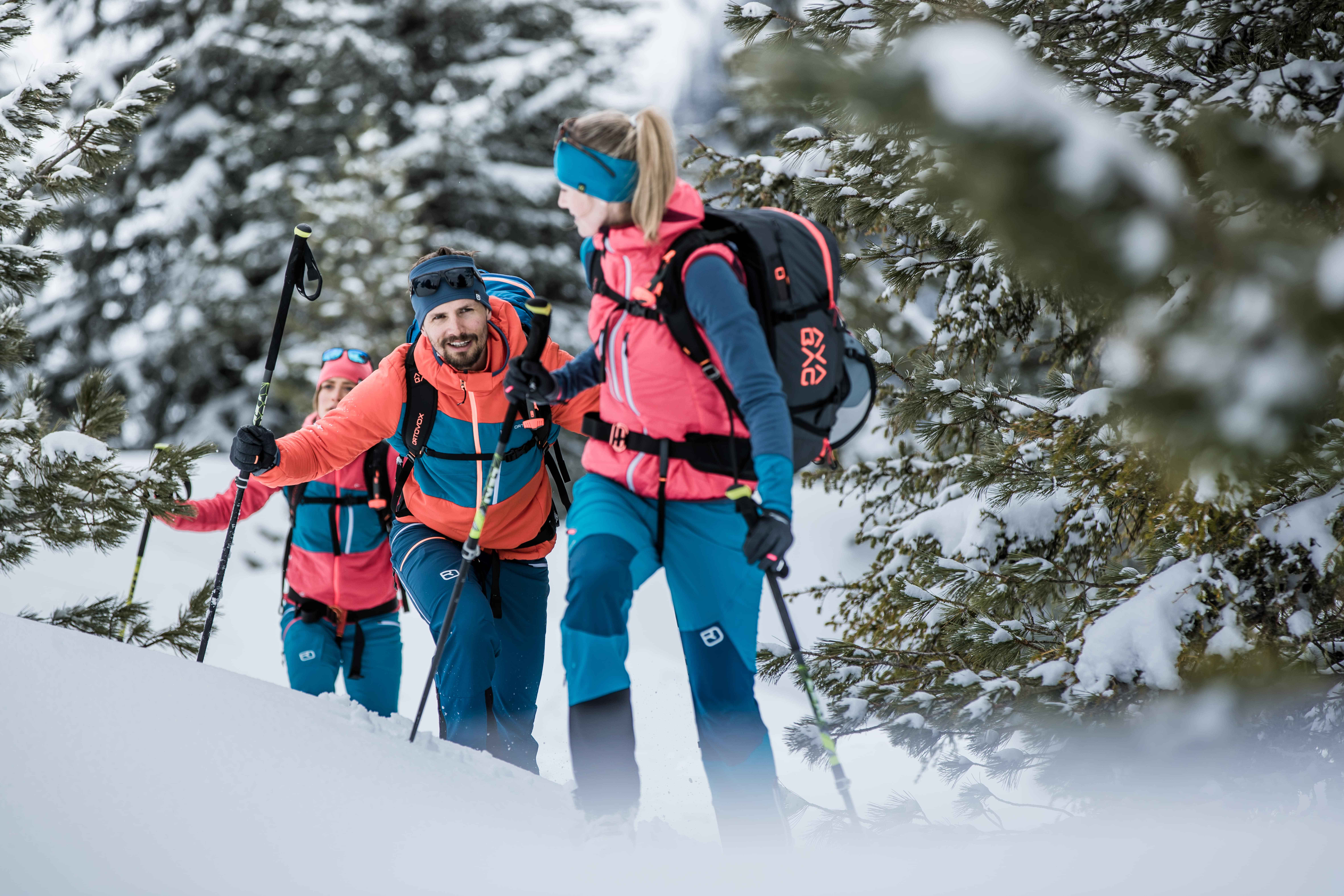 |
A high-end technical touring backpack shouldn't be a chore to wear on your back. Over the years they have evolved from being heavy and clunky to now very streamline and comfortable ready for any demanding ski tour. Here's what to look out for in a good ski touring pack:
Every good touring pack should come with enough volume to pack for multi-day trips, ranging from 30 to 45 litres of usable volume, this should allow you to pack all of the ski touring necessities such as:
You can also find the occasional 20 litre ski touring packs which is enough for small day tours when just packing a spare layer, camera and lunch.
When ascending and descending the mountain the last thing you need is a pack that slides around when you move.
The Ski touring packs we supply from Ortovox, Osprey and more adapt to the natural S-shape of the spine through a Predetermined Curvature of the back systems and ensures that the backpack closely Surrounds The Back.
With optimal body-hugging fit, the padded back systems and stable hip belts make the packs secure with any movement.
Brands like Ortovox & Osprey offer ski touring packs specially made for those with shorter back lengths.
All brands believe in their own choice of fabrics but they all hold the same features, they're strong, resistant to abrasion and weatherproof which is exactly what you need in a good ski touring pack.
Here's what brands use in their packs:
Ortovox
Osprey
Scott
Alpride
Dakine
All good ski touring packs come with a set of standard features, you can find these in almost every pack we supply:
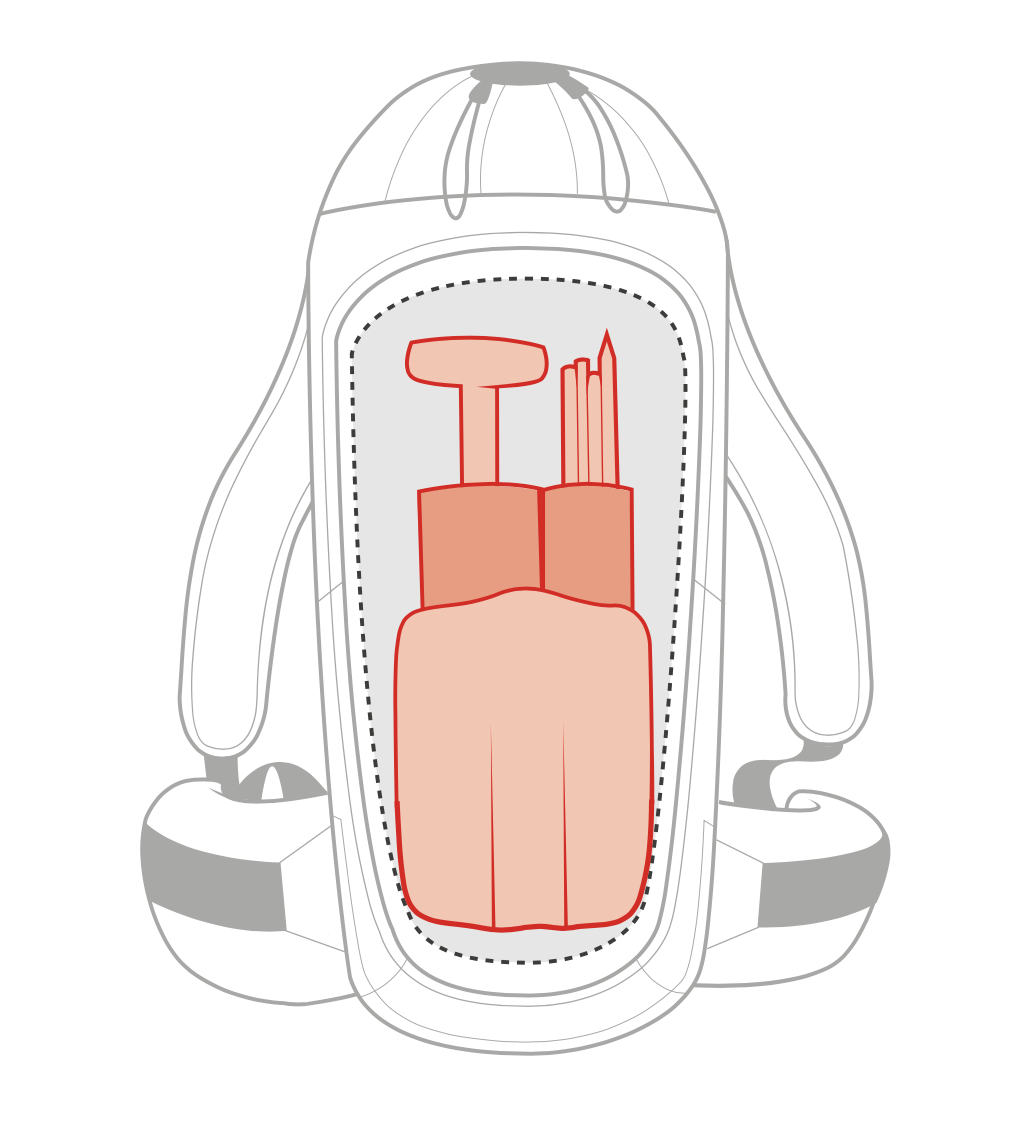 |
Avalanche Safety Compartment Immediate access to your emergency equipment such as your Shovel& Probe, First Aid Kit |
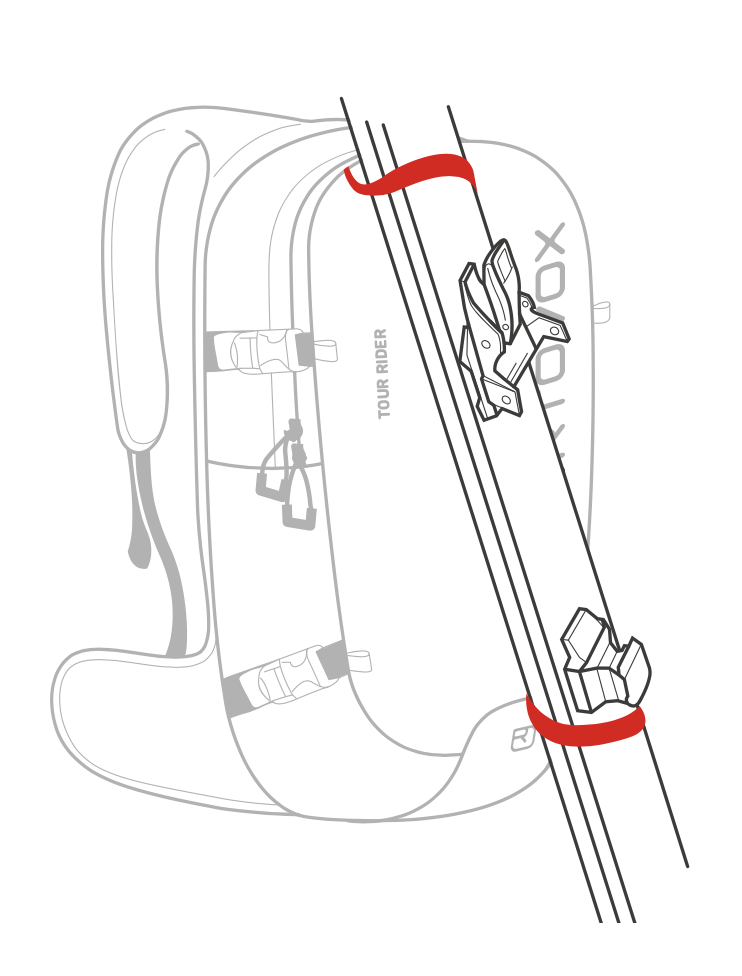 |
Diagonal Ski Fix (D-Skifix) All good touring packs come with a Diagonal ski fastener, versatile in use |
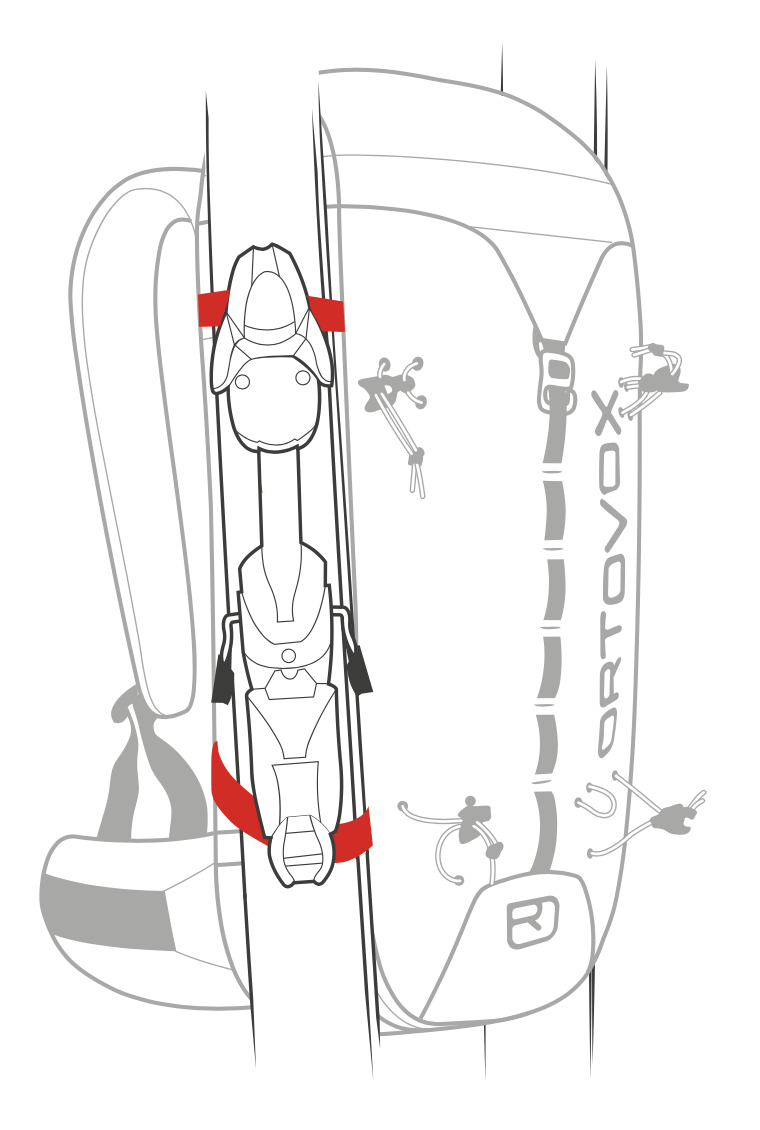 |
Compression Straps Simple backpack compression with little content. Also serves as a side ski fastener. Not found on any of the Airbag compatible Backpacks. |
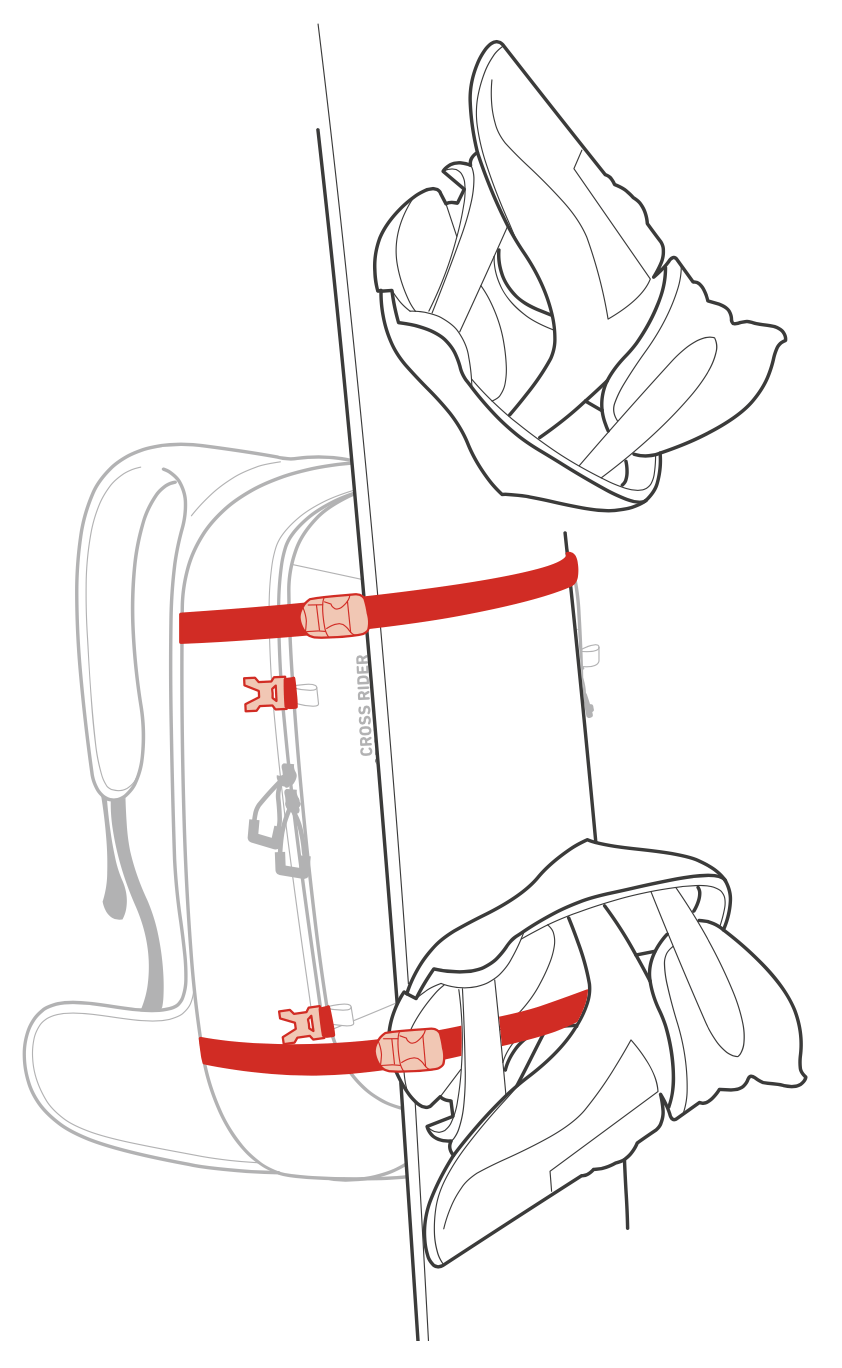 |
Snowboard and Snowshoe Fastner Flexible carrying fastener for snowboards, snowshoes, and others. |
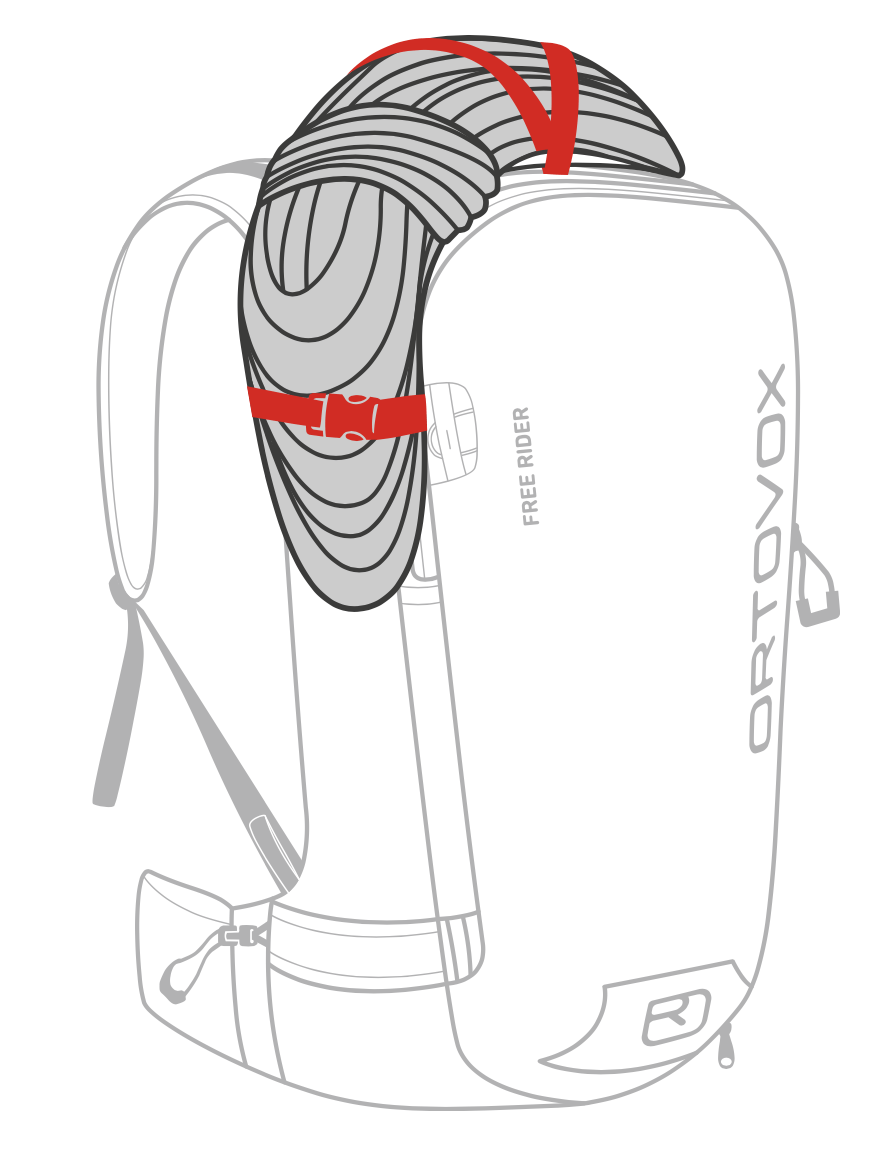 |
Rope Attachment Simple attachment of a rope on the main compartment. |
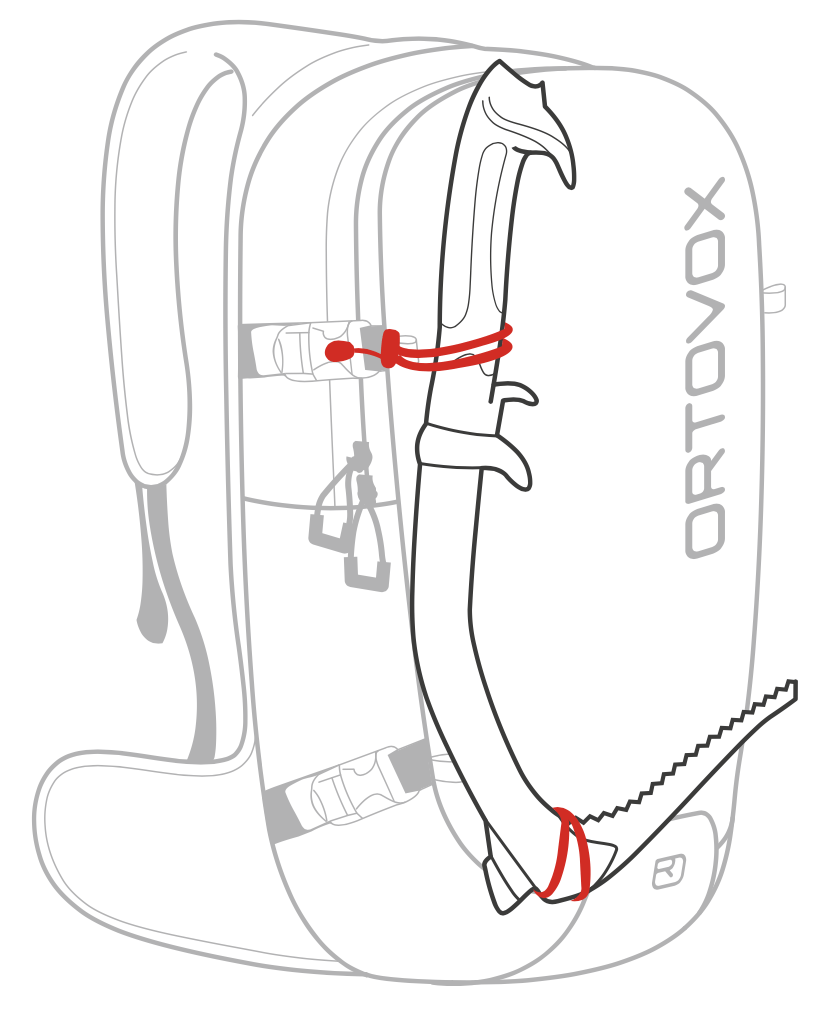 |
Ice Axe and Hiking Pole Attachment Simple, rigid fastener allows rapid access to ice axe and poles. |
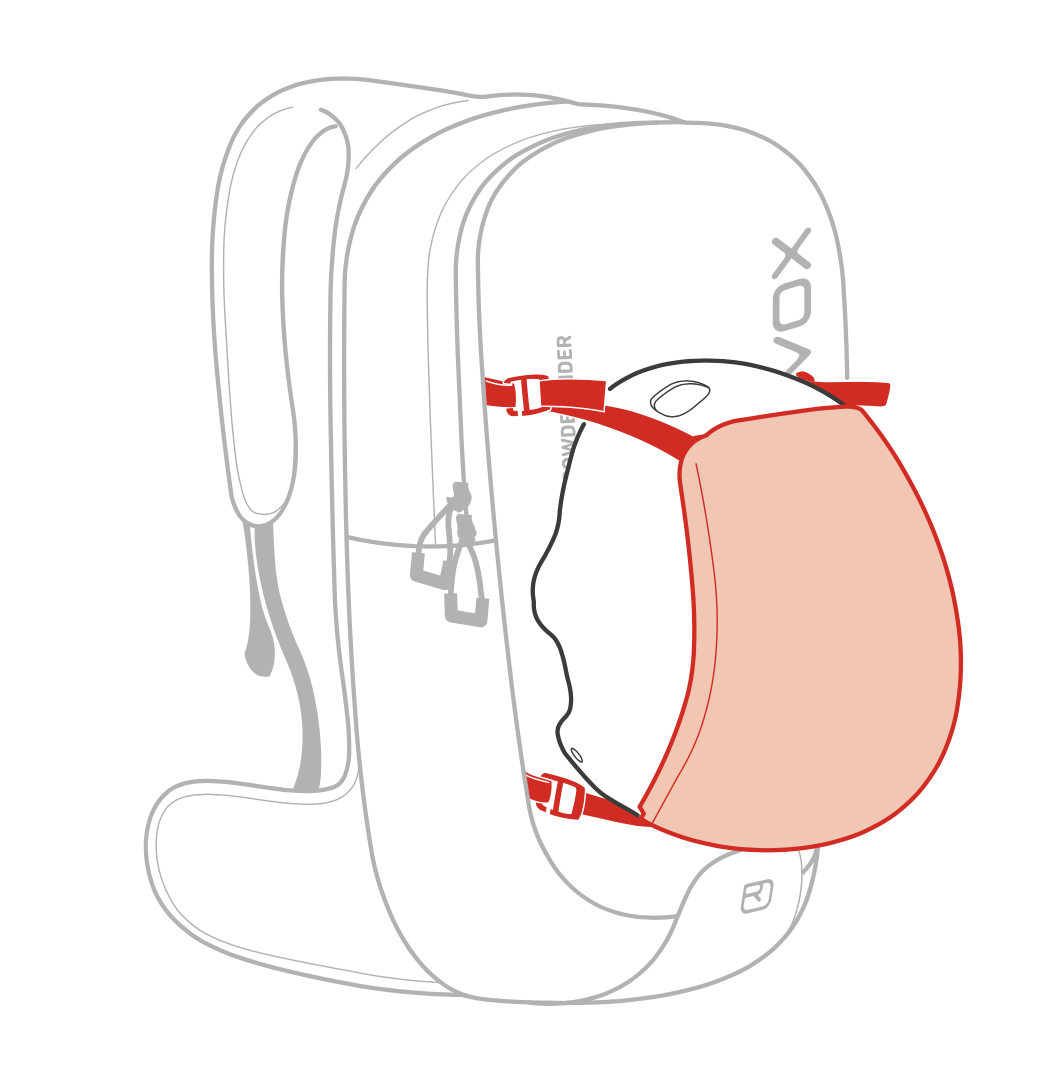 |
Helmet Net Net for convenient and secure fastening of a helmet. |
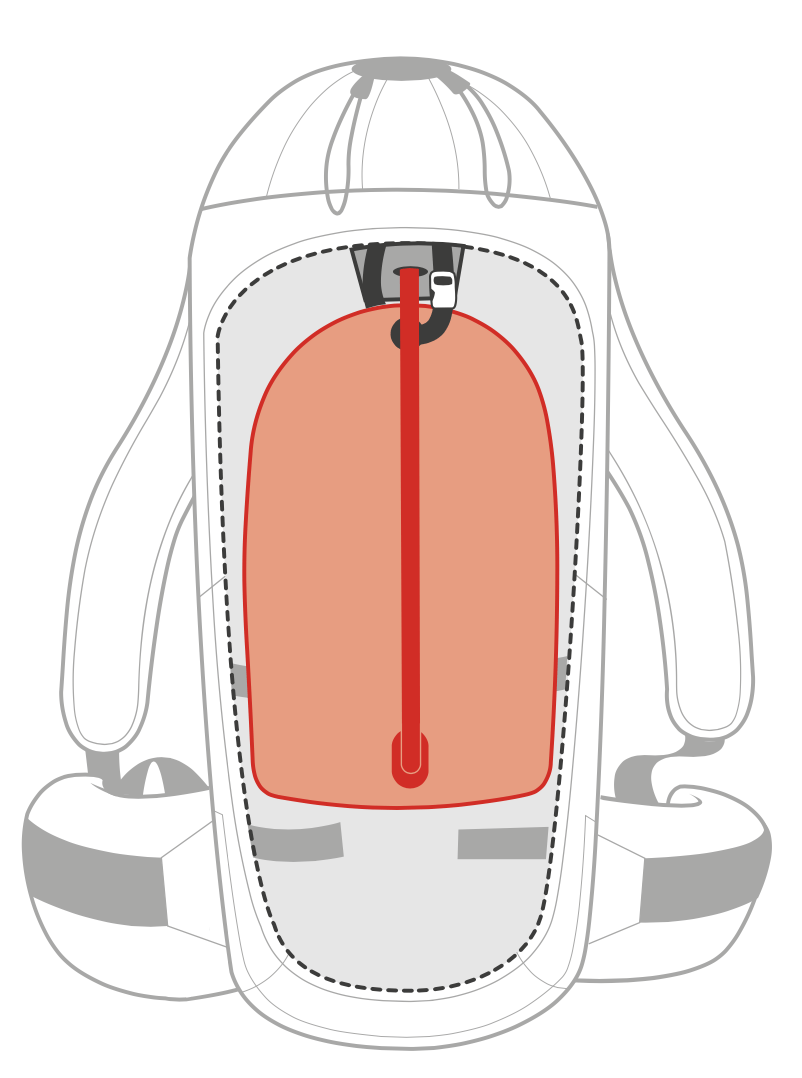 |
Hydration System Compatible Secure holder for all common drink bladders. A must for ski touring backpacks, Its important to stay hydrated on the mountain. |
Freeriding is a form of skiing or snowboarding on open terrain, away from the busy groomed black slopes. The very first skiers were known as freeride skiers.
Freeriding Powder snow only became recognised in the early 70's, Like ski touring you used to ascend the mountain and ski down through the powdered snow, nowadays it's changed, numerous off-piste routes are accessed via ski lifts, this is one of the reasons why freeride enthusiasts are growing at a rapid rate.
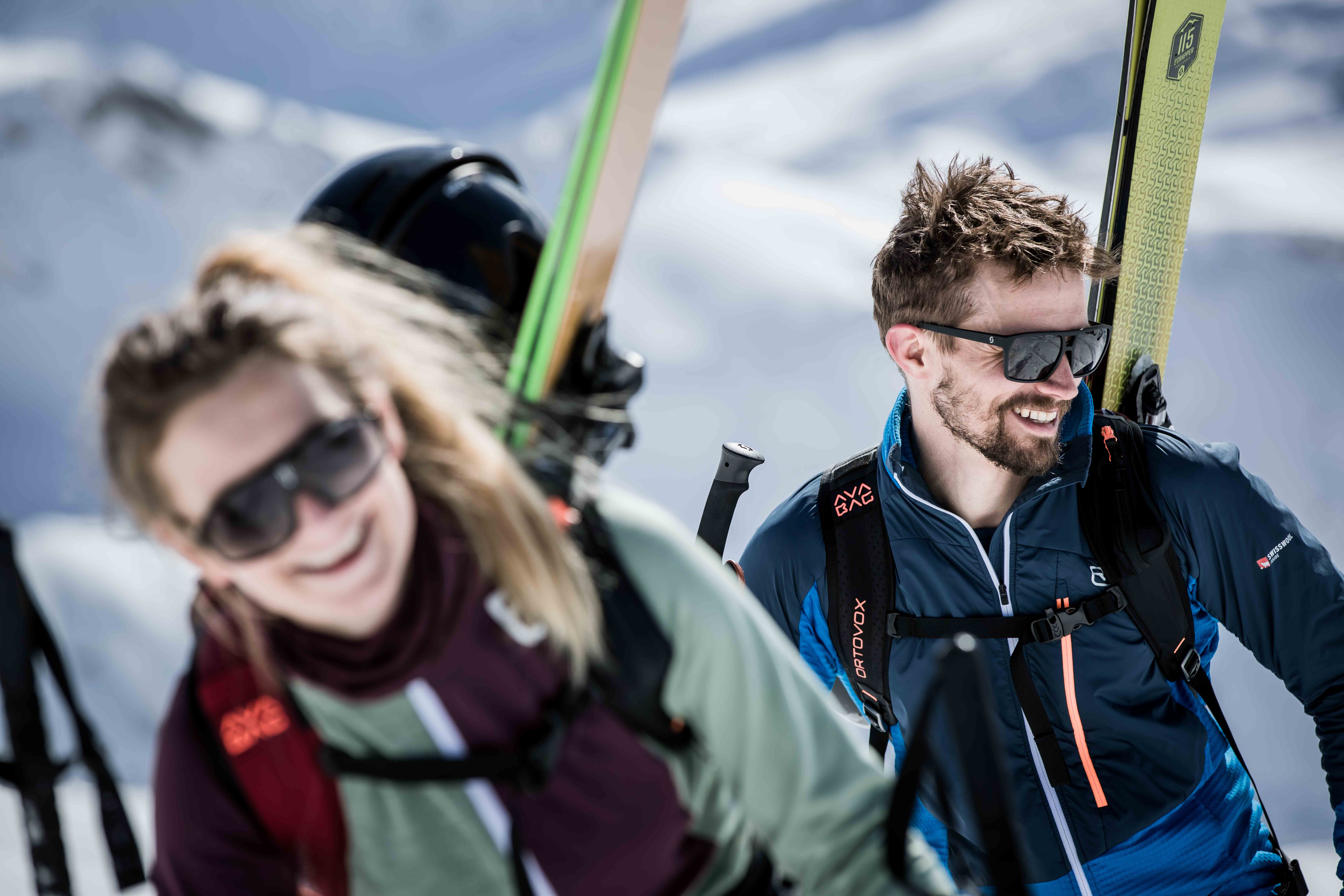 |
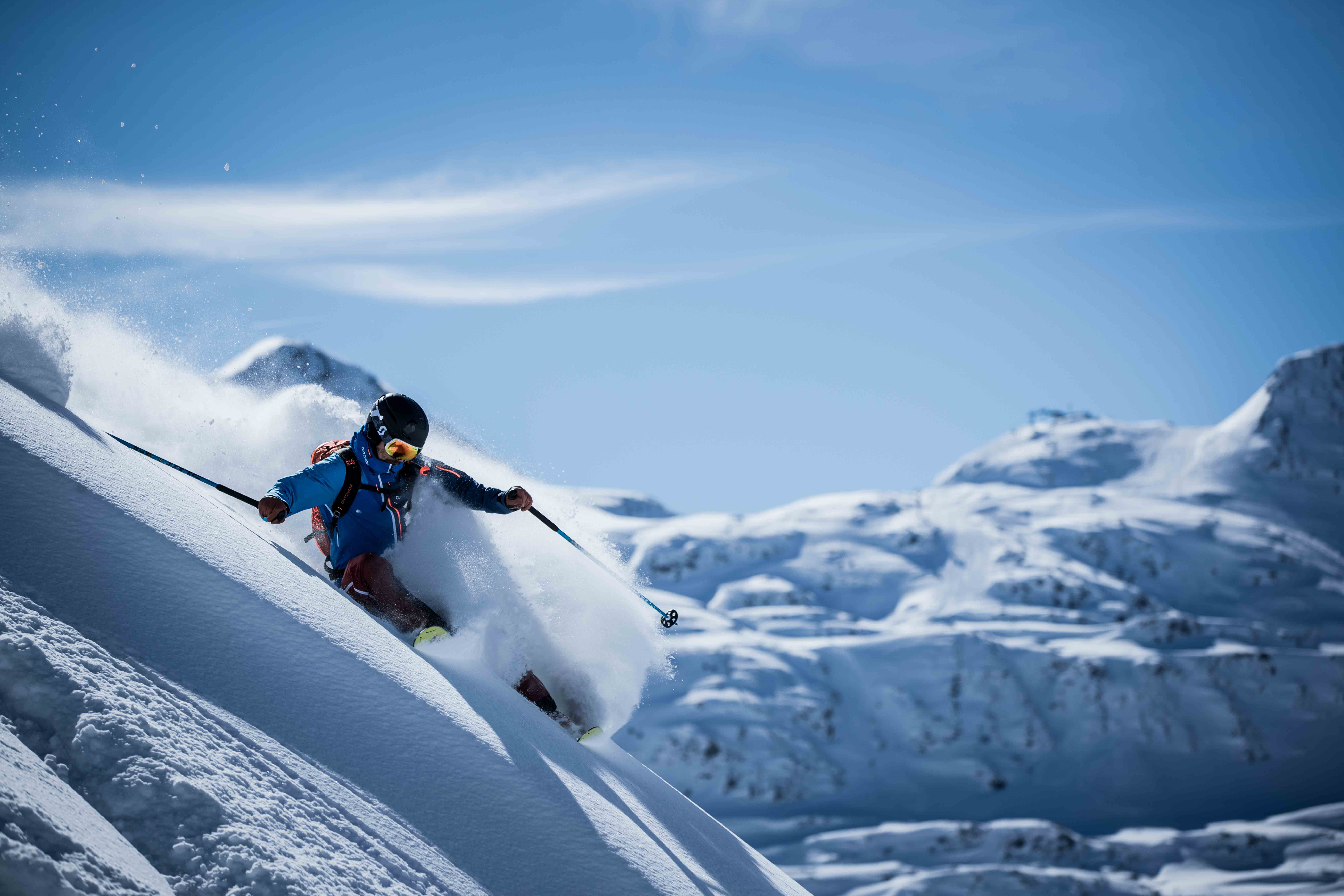 |
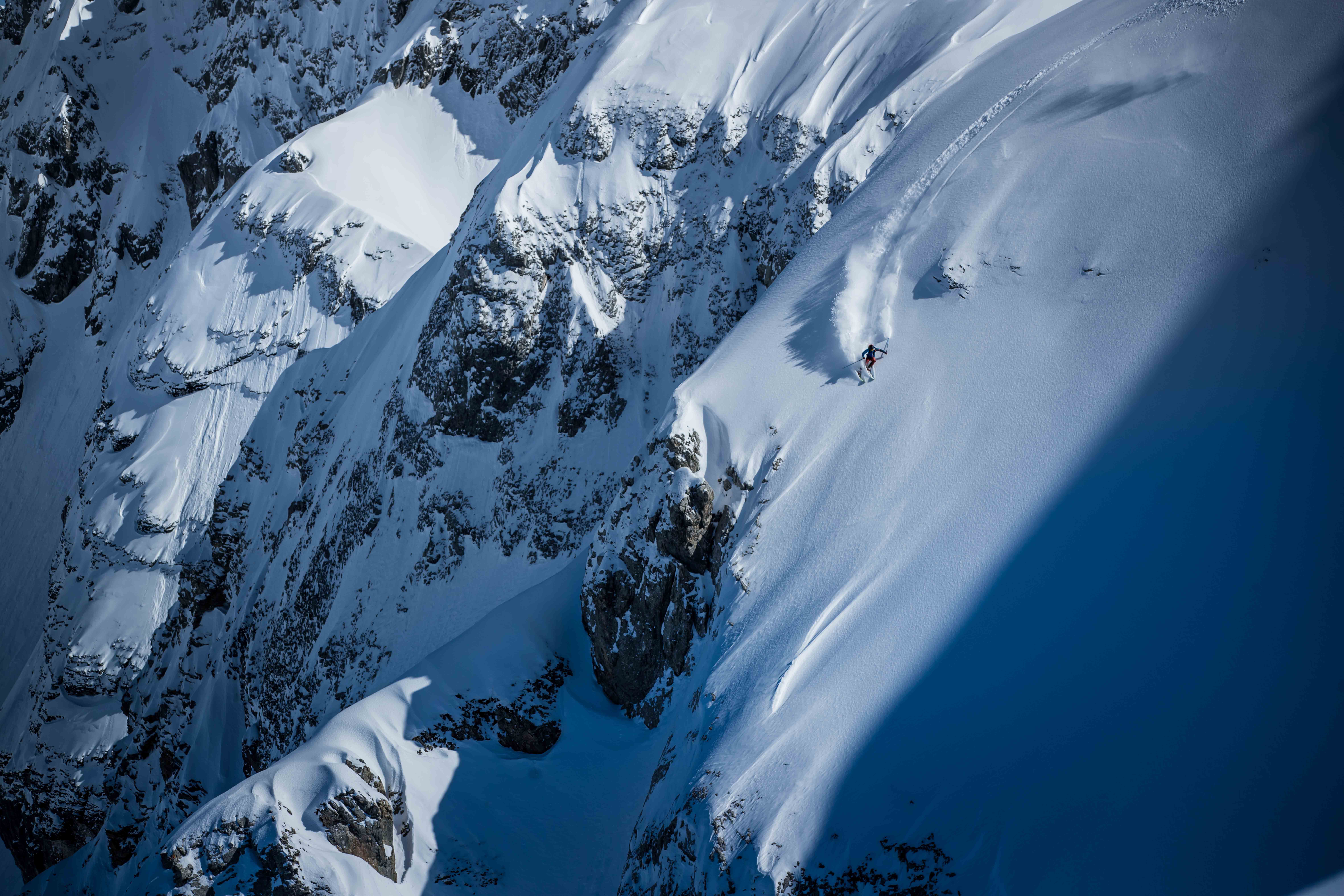 |
Freeriding the backcountry consists of steep twist and turns and heart beating couloirs, this means protection is in mind, almost all freeride backpacks consist of a softback protection system that offers reliable support against your back. Here's what to look out for in a good Freeriding pack:
Every good freeriding backpack should come with enough volume for a full day of powder skiing, ranging from 20 to 28 litres of usable volume, this should allow you to pack all of the necessities such as:
When freeriding deep powder you need Unlimited Freedom of Movement whilst your back is completely protected, The backpacks snowsafe supply all maximum back protection which is soft and comfortable in cold weather.
Optimal body-hugging fit, padded back systems and stable hip belts make the packs secure with any movement.
Brands like Ortovox & Osprey offer ski touring packs specially made for those with shorter back lengths.
Strong, Lightweight, Resistant to abrasion is the main three material characteristics you need in a good freeriding backpack.
Here's what brands use in their packs:
Ortovox
TerraWest
Osprey
Scott
Alpride
Dakine
All good freeriding packs come with a set of standard features, you can find these in almost every pack we supply:
 |
Avalanche Safety Compartment Immediate access to your emergency equipment such as your Shovel& Probe, First Aid Kit |
 |
Diagonal Ski Fix (D-Skifix) All good touring packs come with a Diagonal ski fastener, versatile in use |
 |
Compression Straps Simple backpack compression with little content. Also serves as a side ski fastener. Not found on any of the Airbag compatible Backpacks. |
 |
Snowboard and Snowshoe Fastner Flexible carrying fastener for snowboards, snowshoes, and others. |
 |
Rope Attachment Simple attachment of a rope on the main compartment. |
 |
Ice Axe and Hiking Pole Attachment Simple, rigid fastener allows rapid access to ice axe and poles. |
 |
Helmet Net Net for convenient and secure fastening of a helmet. |
 |
Hydration System Compatible Secure holder for all common drink bladders. A must for ski touring backpacks, Its important to stay hydrated on the mountain. |
High alpine touring is the pinnacle of mountaineering. It is where rock meets ice. It will challenge you to be a complete mountaineer.
It tests your body, spirit, fitness, strength and ability. High alpine tours are physically demanding, requiring knowledge of the terrain, its potential dangers and the technical equipment involved.
High alpine tours are as fascinating as they are challenging. They offer the promise of hugely memorable experiences in unforgettable landscapes.
To eliminate risks it's important you take the following steps before ascending any mountain, Plan your tour, make sure you are up to date with crevasse rescue, study meteorology and geographical orientation.
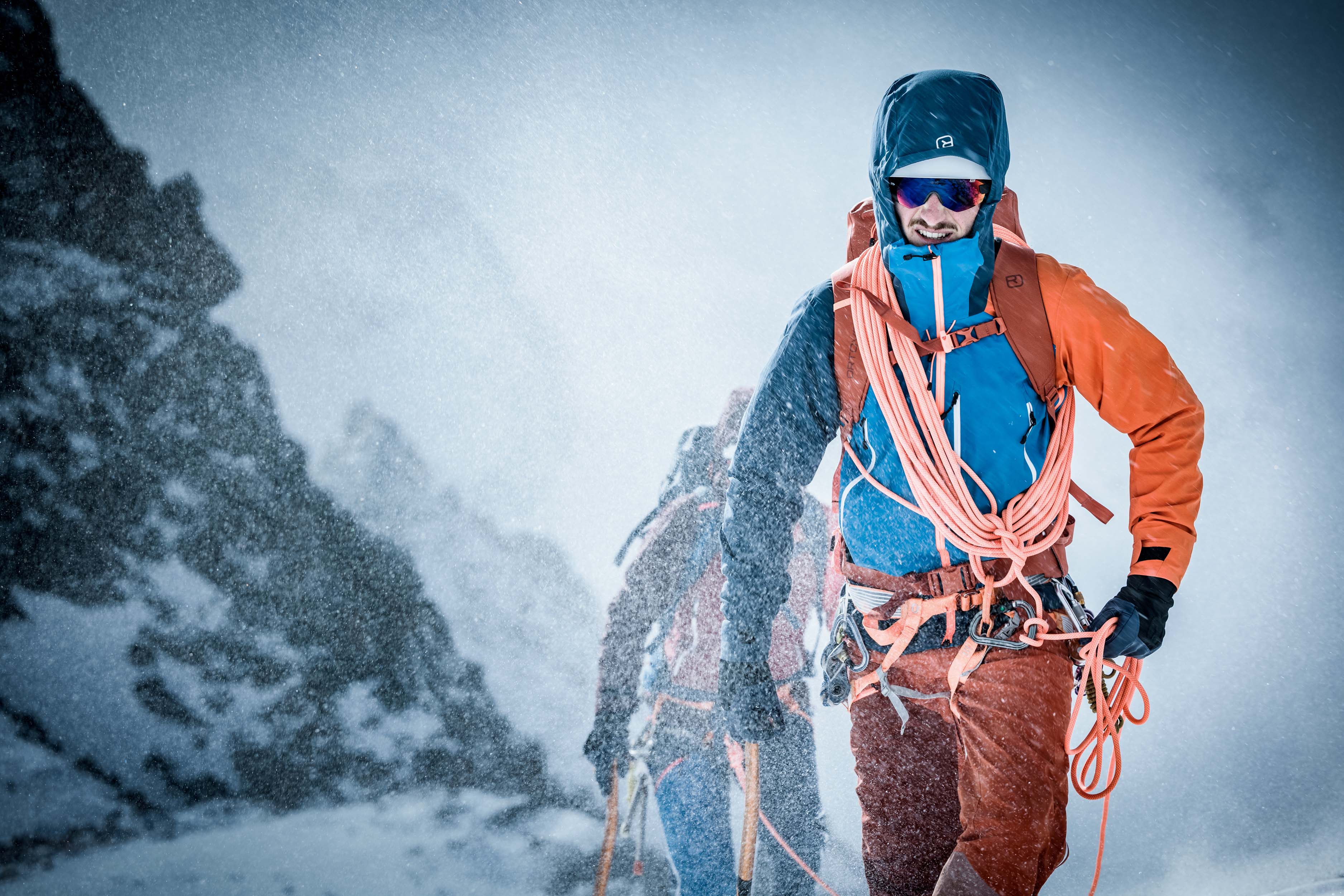 |
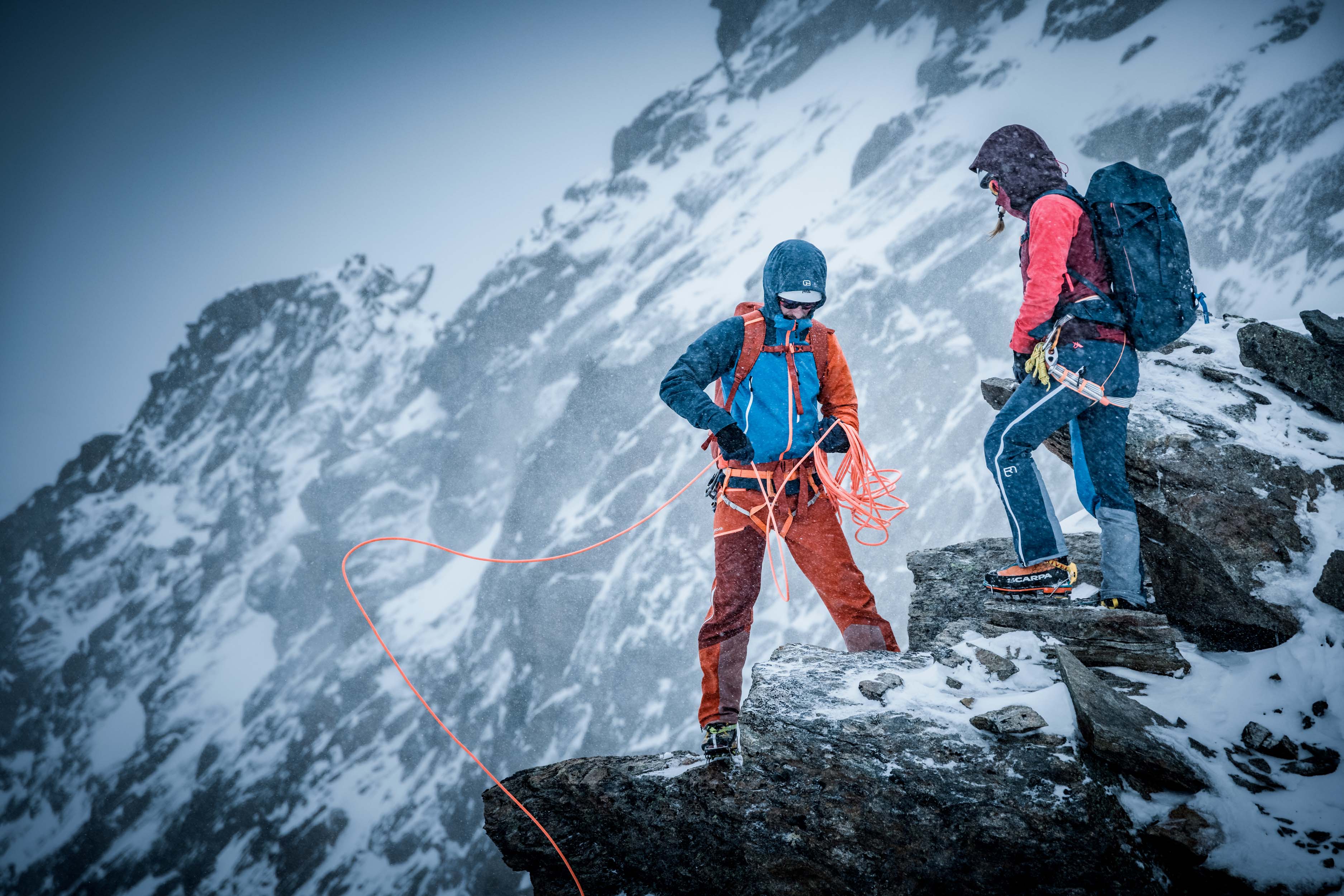 |
|
A good high alpine touring backpack should be weatherproof in all conditions. When summiting at a high altitude the air starts to become thin, weather conditions get more demanding so a robust and comfortable backpack becomes a major player in your fleet of equipment. Here's what to look out for in a good High Alpine Touring pack:
Every good High Alpine backpack comes with enough room for multi-day tours and high alpine summits, ranging from 35 - 45 Litres of usable volume, this should allow you to pack all of the high Alpine touring necessities such as:
Pack list for high alpine tours: Equipment with crampons, ice axe.
Like ski touring backpacks, Comfort is key when summiting high altitude peaks, in order to gain this a good back system needs to be in place.
The high alpine touring backpacks we supply adapt to the natural S-shape of the spine through a Predetermined Curvature of the back systems and ensures that the backpack closely Surrounds The Back.
With optimal body-hugging fit, the padded back systems and stable hip belts make the packs secure with any movement.
For those who want to reduce the weight, the hipbelt, ice axe holder and lid compartment can be removed on the Peak 40 & 38 S DRY.
Brands like Ortovox & Osprey offer ski touring packs specially made for those with shorter back lengths.
A must-have for any high-end alpine backpack is good quality materials that are 100% weatherproof, resistant to abrasion and offer a long life span.
Here's what brands use in their packs:
Ortovox
Scott
Alpride
All good High Alpine packs come with a set of standard features, you can find these in almost every pack we supply:
 |
Avalanche Safety Compartment Immediate access to your emergency equipment such as your Shovel& Probe, First Aid Kit |
 |
Diagonal Ski Fix (D-Skifix) All good touring packs come with a Diagonal ski fastener, versatile in use. Not found on the Ortovox Peak DRY 40 & 38 S. |
 |
Compression Straps Simple backpack compression with little content. Also serves as a side ski fastener. Not found on any of the Airbag compatible Backpacks. |
 |
Snowboard and Snowshoe Fastener Flexible carrying fastener for snowboards, snowshoes, and others. Not found on the Ortovox Peak DRY 40 & 38 S. |
 |
Rope Attachment Simple attachment of a rope on the main compartment. |
 |
Ice Axe and Hiking Pole Attachment Simple, rigid fastener allows rapid access to ice axe and poles. |
 |
Helmet Net Net for convenient and secure fastening of a helmet. |
 |
Hydration System Compatible Secure holder for all common drink bladders. A must for all alplinists, Its important to stay hydrated on the mountain. |
Total - £0.00
Checkout